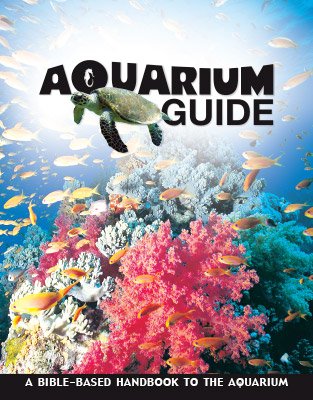Chiton
The chiton is well-designed for its habitat and diet.
Design

The chiton is well-designed for its habitat and diet. The low, curved shape of the chiton and its strong foot help it stay attached to rocks even in the heaviest of seas. The chiton’s mouth has a tongue-like structure called a radula, which has numerous rows of about 17 teeth each. The teeth are coated with magnetite, a mineral that hardens the teeth. The radula is used to scrape microscopic algae off the substratum.
Features
- The body of a chiton is low and oval. It is covered by a shell consisting of eight arching and overlapping plates.
- The chiton has a muscular foot that clings to rocks and allows it to creep slowly.
Fun Facts
- Chitons are also called sea cradles and loricates.
- A chiton has only one foot.
- The chiton has no eyes, but it does have light-sensitive organs in its shell.
- When dislodged, a chiton rolls itself into a ball.
- The chiton’s radula is sharper than your average kitchen knife.
CLASS: Polyplacophora (chitons)
ORDER: Neoloricata (chitons)
FAMILY: Almost 1000 species in seven families
Size: 2–13 in (5–33 cm)
Diet: Algae, diatoms, bacteria
Habitat: Along seashores worldwide; most common in cooler waters
Aquarium Guide
With fun facts about more than 100 animals, this long-awaited Aquarium Guide includes beautiful pictures and reveals the incredible facts and design features that point to our amazing Creator. This handy size guide is excellent for school field trips and family trips to your favorite aquarium!
Browse Kids Book- © 2024 Answers in Genesis
- Privacy Policy
- Contact
- About

